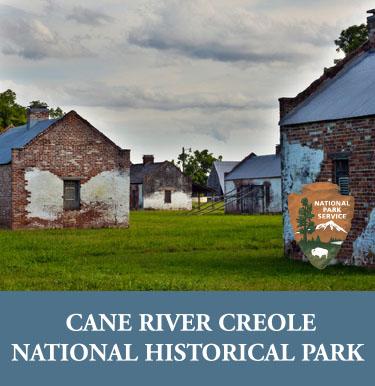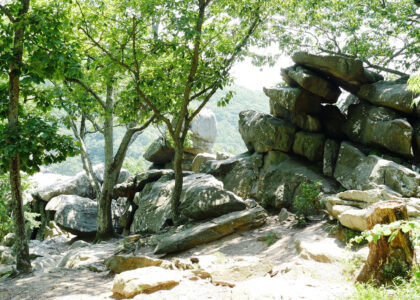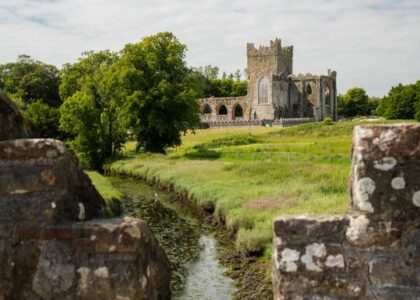Welcome to the Historic Cane River, a journey through time where the echoes of the past linger among the moss-draped oaks and age-old plantations. This national park stands as a testament to the rich Creole culture and the intricate tapestry of lives that have shaped this land over centuries. Here, you’ll find the Oakland and Magnolia Plantations, two of the most preserved Creole cotton plantations in the United States.
Our story begins in the early 18th century when the French established trading posts along the Red River, which later became the Cane River. This area quickly became a melting pot of cultures – French, Spanish, African, and Native American influences all intermingled, giving rise to the unique Creole culture.
As you walk through the park, imagine the bustling life of the Oakland Plantation, established in 1785 by Jean Pierre Emmanuel Prud’homme. The Prud’homme family managed the plantation for over two centuries, witnessing the profound changes that swept through the South. The plantation’s oak allée and bottle garden are remnants of its storied past, offering a glimpse into the elegance and complexity of Creole plantation life.
Magnolia Plantation, on the other hand, tells a different story. Established by Ambroise LeComte in the 1830s, it was one of the largest plantations in the region. The LeComte family was deeply entwined with the local economy and politics. A visit to the blacksmith shop here reveals the skilled craftsmanship that was crucial to plantation life.
Throughout its history, the Cane River region was a site of significant historical events. During the Civil War, the plantations were central to the economic engine of the Confederacy, producing cotton that was vital for trade. The war and subsequent abolition of slavery marked a turning point, leading to sharecropping and tenant farming, which defined the late 19th and early 20th centuries.
Notable figures, such as Clementine Hunter, a self-taught folk artist who once worked at Melrose Plantation nearby, contributed to the cultural richness of the Cane River. Her paintings vividly capture the daily lives and traditions of the Creole community.
Today, the Historic Cane River is a living museum, preserving not only the buildings but also the stories of those who lived and worked here. It offers a profound insight into the complexities of Creole society and its legacy in American history.
As you end your tour, consider how this area has evolved. From a hub of Creole culture to a center of historical preservation, the Cane River continues to educate and inspire. Its legacy is a reminder of the resilience and diversity that define the American South.






